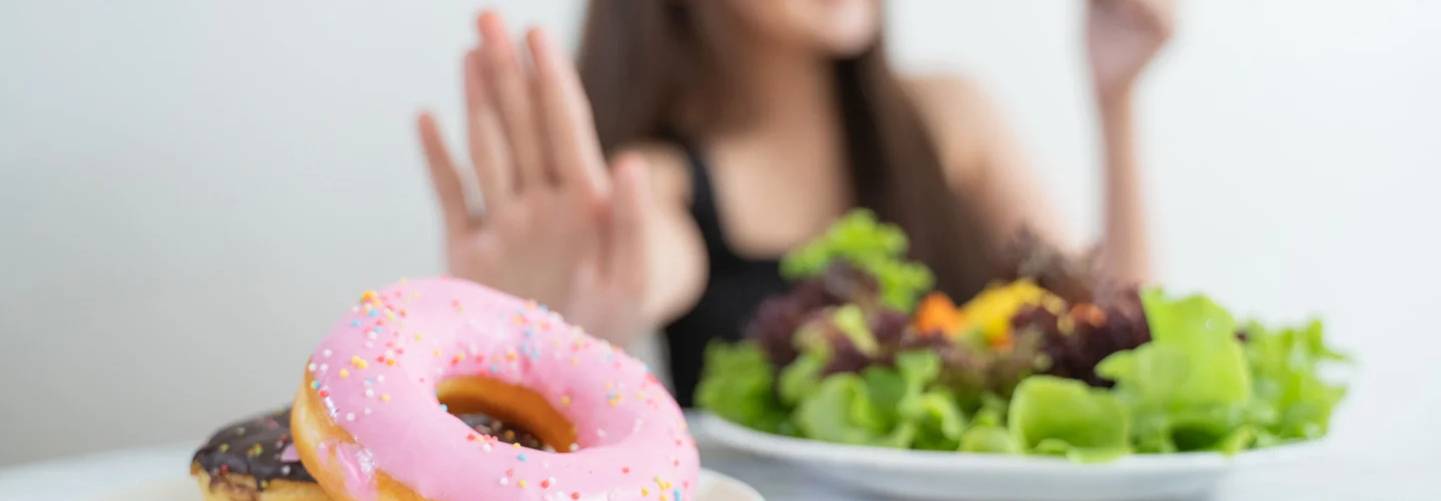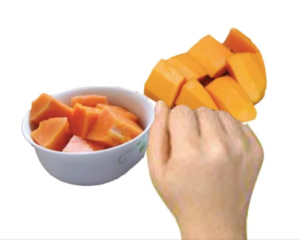
27 Nov Diet for Diabetes Patients: 10 Frequently Asked Questions
Diet for Diabetes Patients: 10 Frequently Asked Questions
By Island Hospital | Oct 9, 2024 3:55:03 PM
The best diet for diabetics is eating the healthiest foods in moderate amounts and sticking to regular mealtimes. In fact, a diabetes diet is the best eating plan for almost anyone.
Dietitians will often recommend a healthy-eating plan for diabetics that will help control blood sugar (glucose), manage weight and control heart disease risk factors, such as high blood pressure and high blood fats.
Diabetes or prediabetes patients can help keep blood glucose level in a safe range by making healthy food choices and tracking their eating habits.
1. I am a diabetic – can I eat rice?
Yes, people with diabetes can eat rice. Rice is an important source of energy. We all know that rice contains a high percentage of carbohydrate that can be converted to sugar (glucose).
Hence, portions, types of rice and the method of cooking are important to determine how high your blood glucose will rise.
Use your fist as a guide. One portion is usually a fist of cooked rice.
2. What is a diabetic diet?
A “diabetic diet” is a good meal plan consisting of a variety of healthy food, limited amount of fat and salt, high fibre and portion control on the protein and carbohydrate within the total calories allowance for a day.
Some research has recommended the Keto Diet for Type 2 diabetes patients. Discover if it’s the right fit for you in our article on “Are Keto Diets Good For You?”
3. What food contains carbohydrates?
Carbohydrate comes from:
- Grains such as rice, oats, barley and wheat. These may be in whole grains or refined grains.
- Starchy vegetable such as potatoes, sweet potatoes, yam, pumpkin, corn and tapioca.
- Sugars would include both added processed sugar and natural sugars found in fruits and milk.
4. I often feel hungry. What can I eat to prevent my blood glucose from being too high?
Most of the time, hunger is a habitual problem. It can be sign of poor diabetes control as well. Low blood glucose (reading below 4 mmol/L) due to oral diabetes medications or insulin injection can also cause hunger.
Therefore, it is important to rule out the root cause and treat accordingly.
Self discipline, proper meal timing and being more active are important steps to solve habitual hunger. Mindful eating is crucial for your blood sugar control.
Frequent glucose monitoring will alert you if low sugar levels are the cause of hunger.
5. Is brown rice better than white rice? Can I eat more since it is good?
Brown rice is whole grain. Whole grain foods are rich source of complex carbohydrate, dietary fiber, vitamins and minerals. However, portion size does matter.
Excessive intake of which ever types of grains also can cause your blood glucose to rise higher than usual and ultimately causes elevated blood sugar, overweight and obesity in long run.
6. I don’t eat rice. I only take oats, but why is my blood sugar still rising?
Oats is carbohydrate similar as rice although the fiber content is higher. Carbohydrate provides us with glucose and energy. Blood glucose will rise gradually after taking oats as long as your portion size is within limit and the blood glucose readings are within control range.
7. Can I add sugar to my drink?
It is recommended that children consume < 25g (approximately 5 teaspoons) of sugar added per day and to avoid added sugar for children < 2 years of age.
For adults, < 10% of total energy intake should be from added sugar. This is equivalent to 50g (approximately 10 level teaspoons) for a person with healthy body weight (consuming approximately 2000 calories per day).
Sugar intake should be taken as occasional treats and not as daily intake as high intake of sugar can cause obesity, diabetes, hypertension and cardiovascular disease.
Struggling to eat less sugar? Learn how to overcome this challenge with our article on “9 Ways to Cut Sugar Intake (While Keeping Meals Exciting)”!
8. Can I eat fruits?
Fruits contain carbohydrate, vitamins, fiber and natural sugar.
Intake of fruit needs to be counted as part of your total carbohydrate intake allowed for a day. The usual daily portion is 1-2 fruits with size of your fist (as shown in the diagram) per day.
You can eat most fruits but remember that fruits contain sugar and should be eaten in moderation and not to feel full.
Looking for healthy fruit options? Check out this list of fruits with low calories.

9. Is my daily calorie intake important?
The amount of calorie you require depends on your age, gender, nature of work and activities. By seeking a dietitian, she would be able to advise you on the required calories according to your nutritional needs and activity.
The calorie needs will also depend on whether you are underweight, normal weight, overweight or obese. People who are overweight or obese may need to reduce their calorie by eating less and exercise more in order to lose weight. Whereby, people who are underweight may need to eat more of their requirement in order to achieve optimal health.
10. What is a balanced diet?
A balanced diet consists of carbohydrate, protein and fat. The simple rule is to follow the “1/4, 1/4 and 1/2” concept on your plate.
1/4: fill this 1/4 of the plate with carbohydrate such as rice, pasta or starchy vegetables like corn, peas, and potatoes. Complex carbohydrate contains more fiber, provide satiety and better blood glucose control compared to simple carbohydrate.
1/4: fill this 1/4 of the plate with protein such as lean meat, poultry, seafood, eggs, processed soy product like tofu, ‘tempeh’ and textured vegetable protein (soya),
1/2: fill this 1/2 of the plate with vegetable such as broccoli, kalian, spinach, egg plant, bitter gourd, cabbage and etc.

Plan a – Diet With Island Hospital!
We hope this article has clarified the do’s and don’ts of eating for diabetes patients.
For more personalised advice, talk to our dieticians at Island Hospital. We provide consultation services and dietary plans catered to your unique health requirements.
Our Diabetes Centre offers comprehensive care for all types of diabetes, including Type 1, Type 2, Gestational (pregnancy-related), and other related disorders.
Our commitment to excellence has earned us local and worldwide recognition:
- A finalist for Malaysia’s Flagship Medical Tourism Hospital Programme
- A place on Newsweek’s lists of World’s Best Hospitals 2024
- A place Best Specialized Hospitals Asia Pacific 2024 (Cardiology).
Ready to take the next step? Book an appointment with Island Hospital!





![[IH 2025] #33 ECG Test_Image 1 medical-machine-ecg-test](https://islandhospital.com/wp-content/uploads/2025/07/IH-2025-33-ECG-Test_Image-1-600x400.png)

